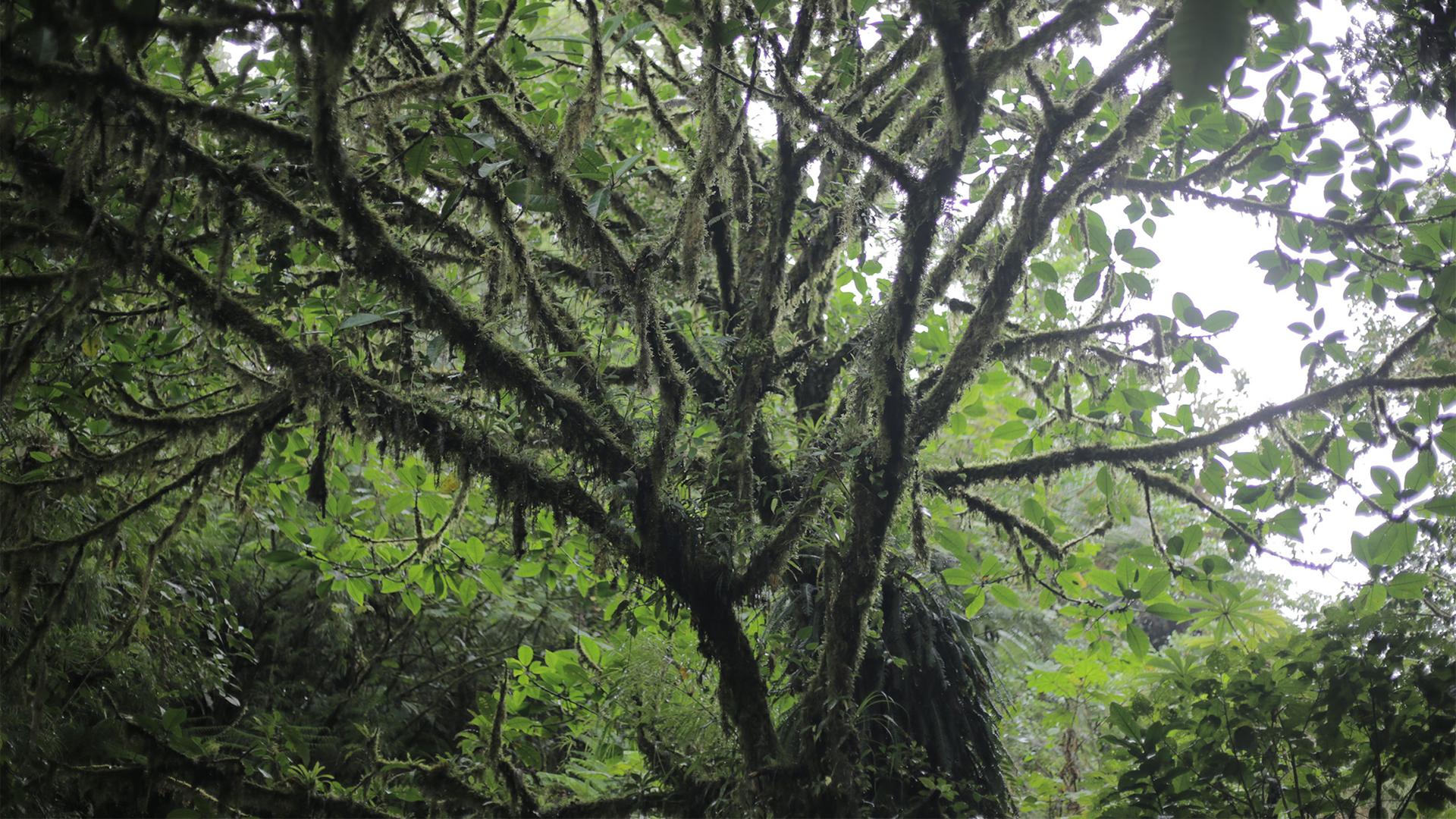Costa Rica’s Monteverde Cloud Forest Biological Preserve is one of the country’s top ecological destinations.
And there’s a good reason for that. It has a lush green jungle, and it’s home to more than 2,000 species of plants and trees, 400 different types of birds and 120 amphibian and reptile species that thrive in a unique ecosystem that is nearly permanently in the clouds.
Or, at least, it used to be.
As temperatures in the area warm, the clouds are beginning to lift. On one particular day a couple of weeks ago, it was abnormally windy and mostly dry. Decades ago, there were only 25 days annually when it didn’t rain. Now, there are more than a hundred dry days a year.
“For cloud forests, that’s a lot of dry weather,” said Monteverde resident scientist Alan Pounds who has been at the reserve since the 1980s. “Plants and animals in the cloud forest are adapted for this constant input of mist and cloud; like all these little orchids that grow on branch tips have evolved to be bathed in this moisture most of the time and so they can be really affected by these kinds of events.”
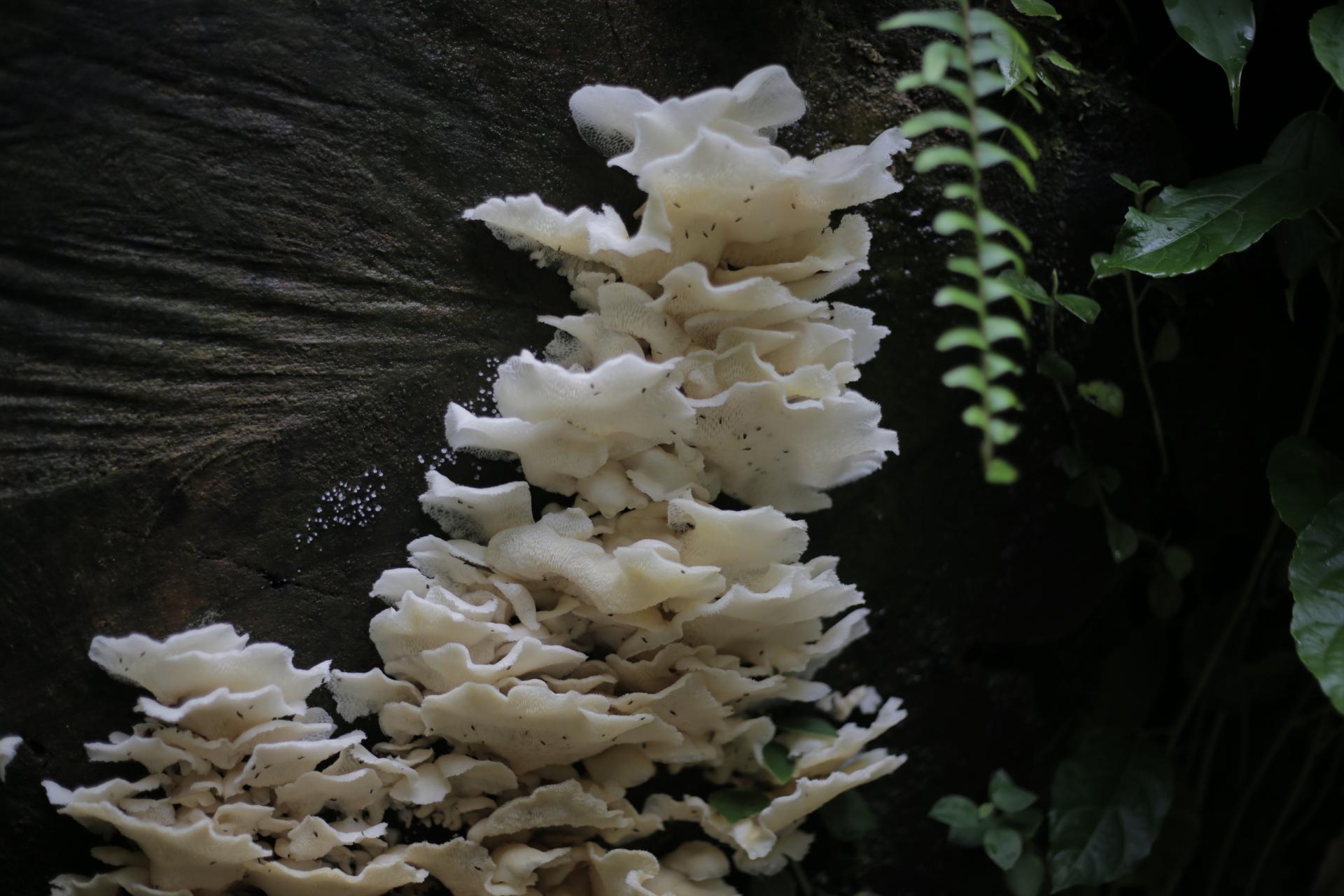
Already two species of local frogs have gone extinct: the golden toad and a local breed of the harlequin frog. And there are concerns that the extravagantly feathered Quetzal bird, whose native mating habitat is in the cloud forest, may now be in danger.

Pounds wrote one of the first papers on the impact of climate change in tropical forests in the late 1990s and said the future of the cloud forest itself is at risk.
“If we continue on the present trajectory, I think it’s safe to say the cloud forest is going to disappear,” he said. “It’s already turning into something else. It’s turning into more of a seasonal rainforest.”
Pounds said even if the reserve gets the total rainfall it did before, it’ll come in clumps, rather than dispersed evenly throughout the year. The transformation means a hit to the local ecosystem, with some species being pushed out or killed off, and different ones moving in as temperatures warm.
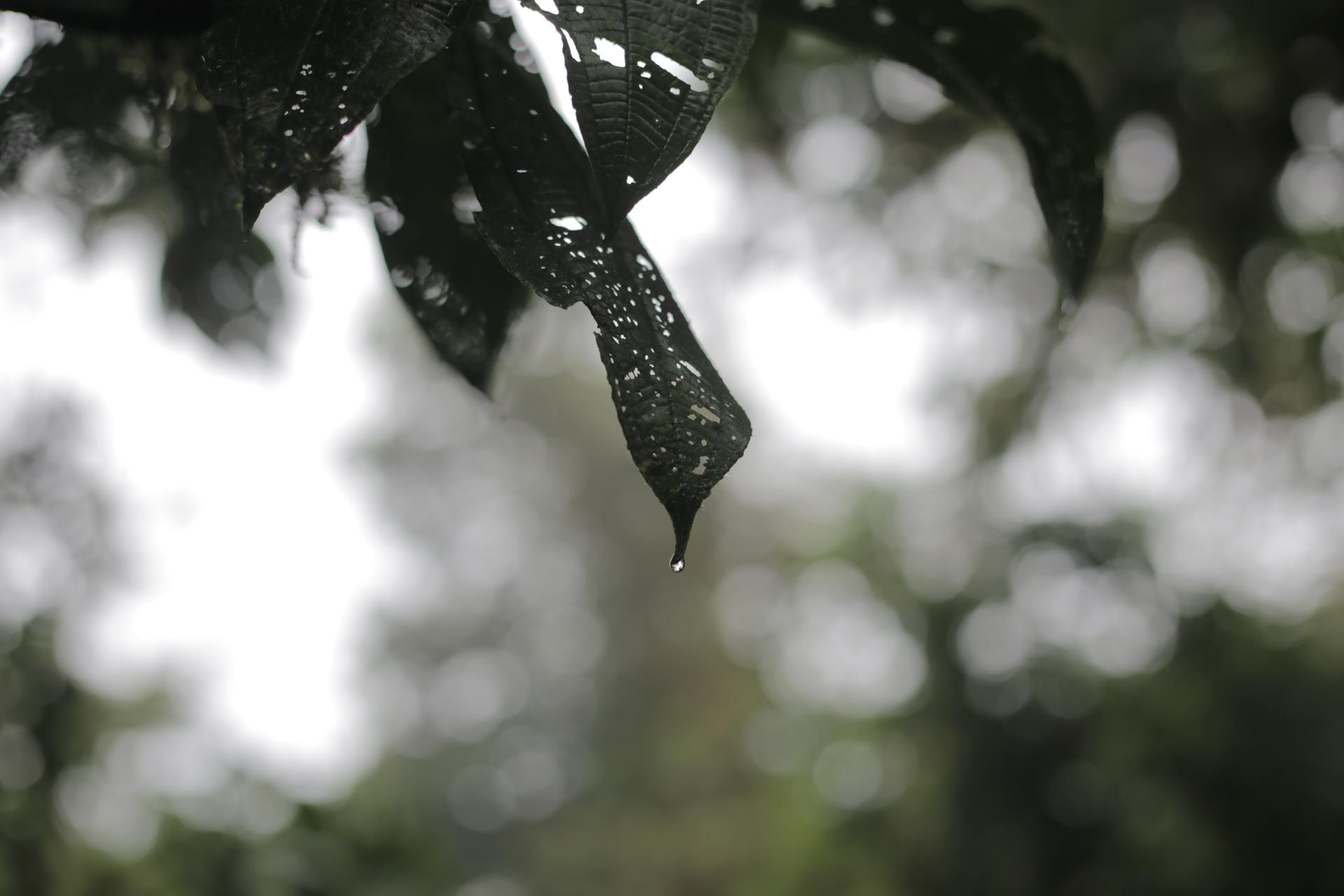
Sensitive species could face extinction
Monteverde is just one of many places in Costa Rica that are seeing an impact.
The privately run Tirimbina Biological Reserve is located about 100 miles east of Monteverde. Tirimbina boasts of having the longest suspension bridge in Costa Rica, nearly 1,000 feet across the rushing Sarapiquí River. And it’s based in a tropical rainforest, not a cloud forest like Monteverde. But climate change is taking a similar toll there.
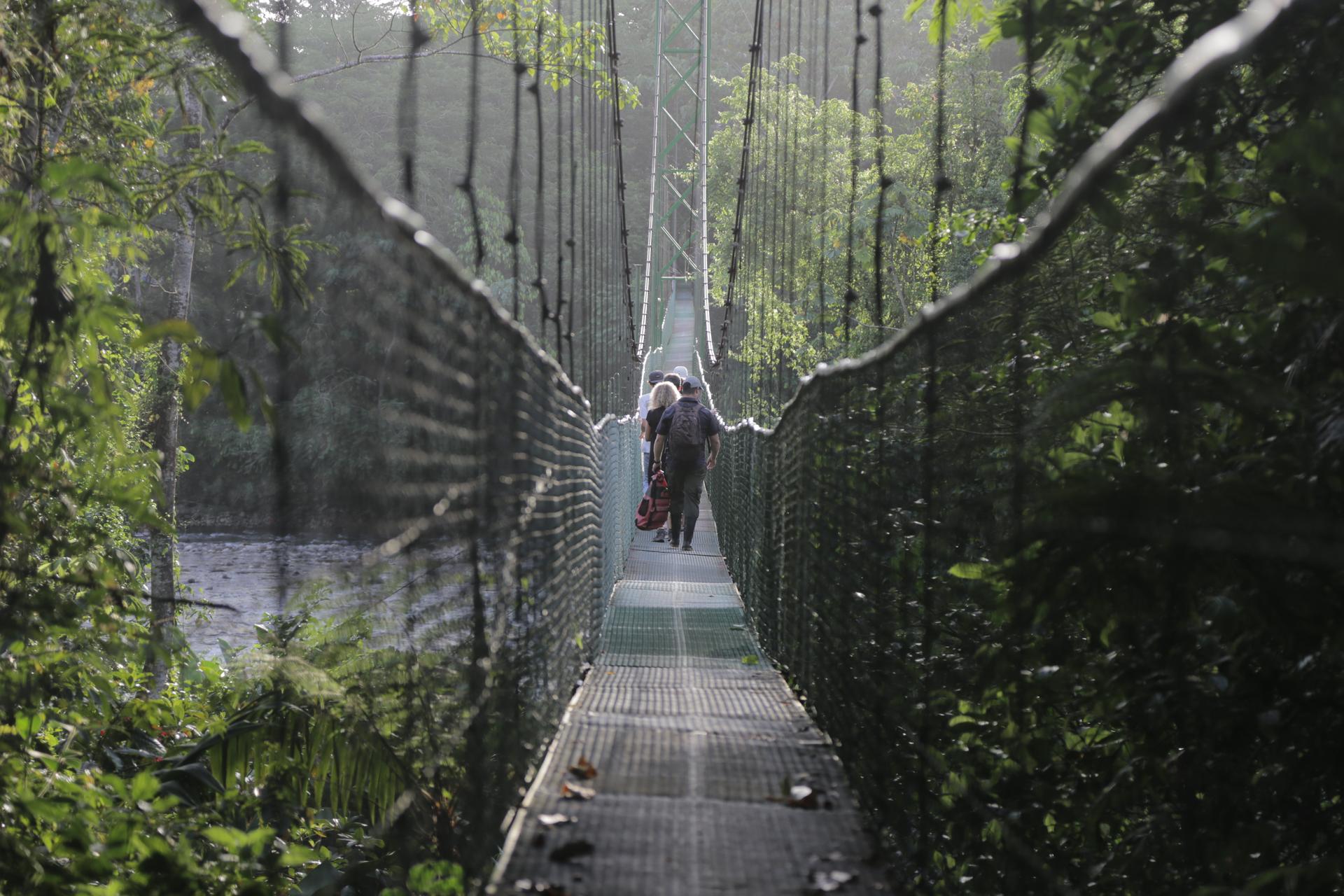
“If you came here 25 years ago, you’d find that more than 300 days out of the year it was raining, raining, raining — constant rain,” Tirimbina biologist Sergio Villega said. “But not today. Daily rainfall has decreased dramatically.”
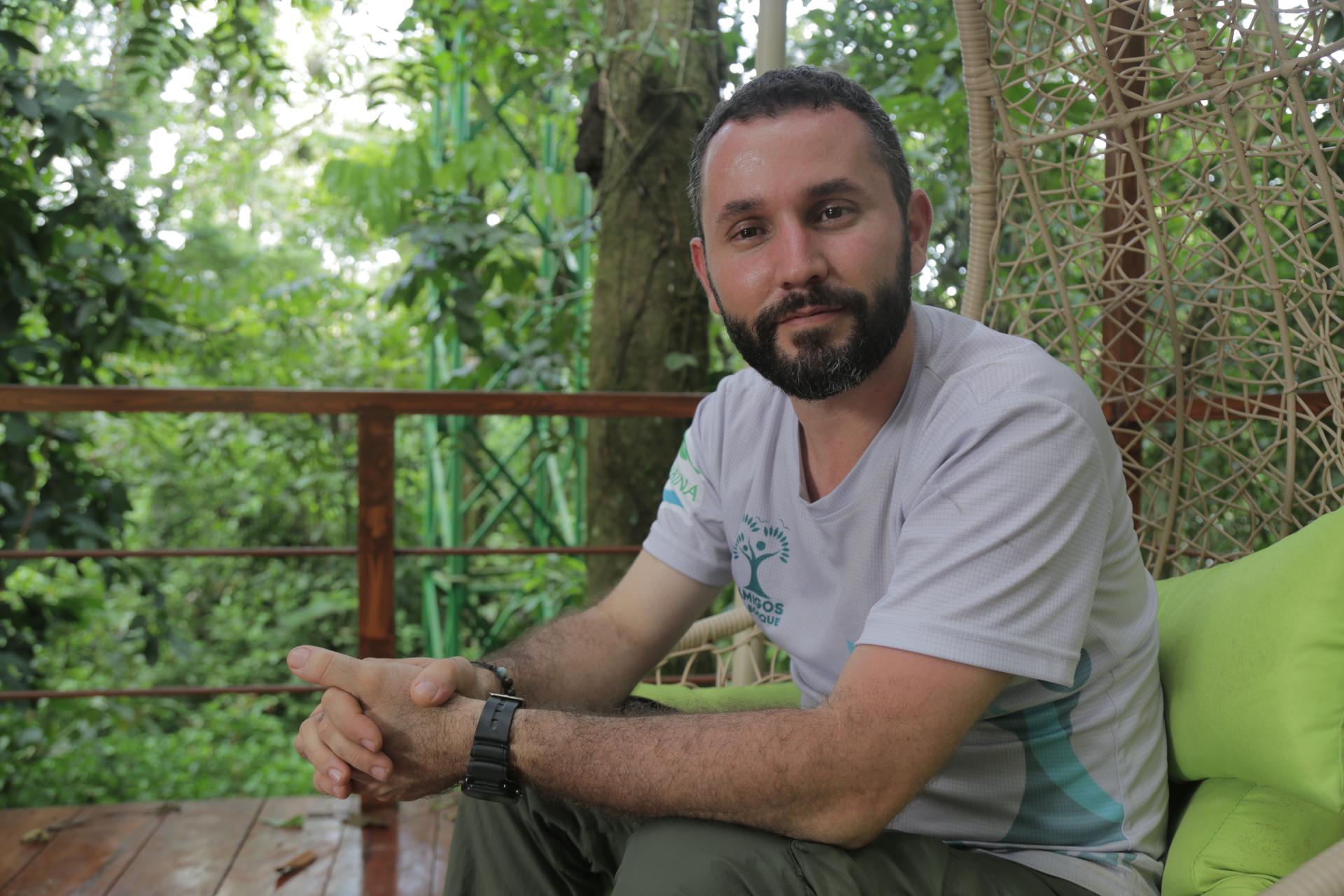
Villegas said there are studies that temperatures near the reserve have increased by almost half degree over the last 20 years.
“For a person, that might not seem like much, but for a little frog or a fish or a sensitive species, this could mean the difference between a decline in the population or not,” he explained. “Some species may move to higher regions. But others may have nowhere to go and they may be condemned to extinction or [become] highly endangered.”
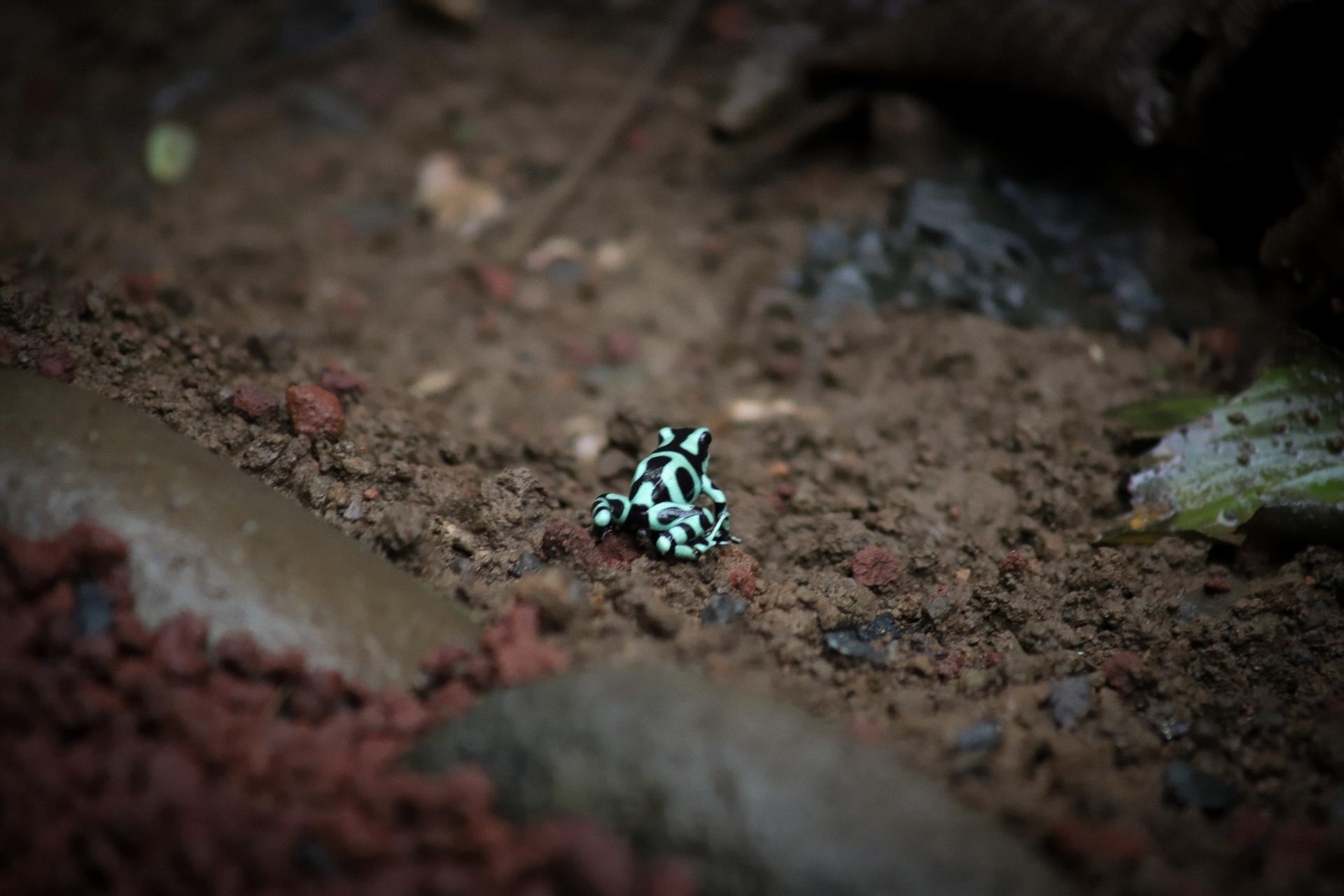
Stemming the tide
Costa Rica, as a country, has been doing its best to stem the tide.
“Costa Rica has been one of the top Latin American countries on the forefront of the battle against global warming,” said Alonso Villalobos, a political scientist at the University of Costa Rica who specializes in climate and sustainability.
“Combating climate change has been state policy going back over four administrations — from the mid-2000s on,” he said.
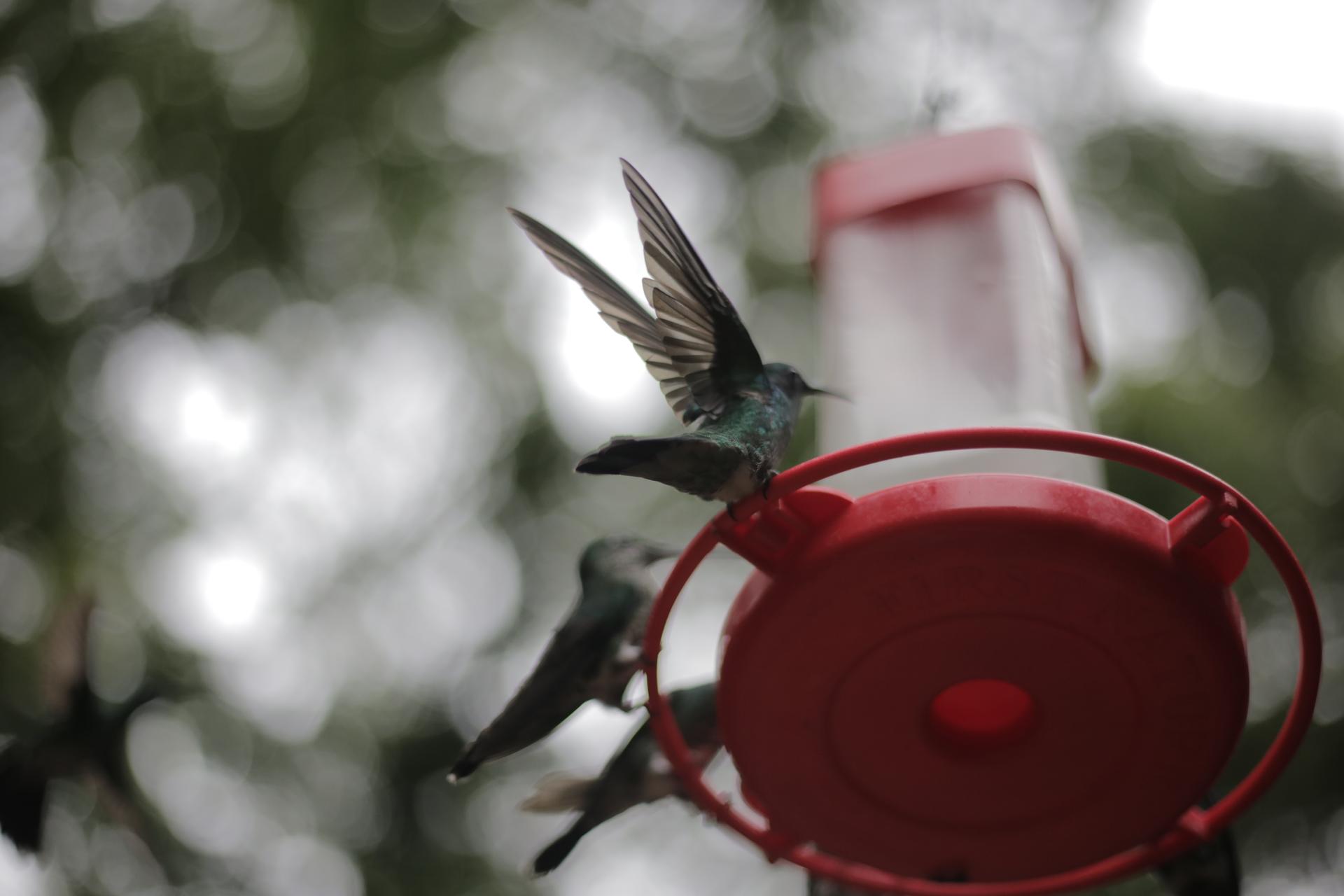
They’ve created national plans against global warming, pushed for carbon neutrality and transitioned to renewable energy.
“Previous governments have approved binding international commitments such as the Paris Agreement,” said Pascal Girot Pignot, the director of the geography school also at the University of Costa Rica.
“And public policies such as Carbon Neutrality, the Climate Change National Adaptation Policy and its National Adaptation Plan and the Decarbonization Plan,” he added. “These commitments are based on a long tradition in national and international environmental law in which Costa Rica has been a leader.”
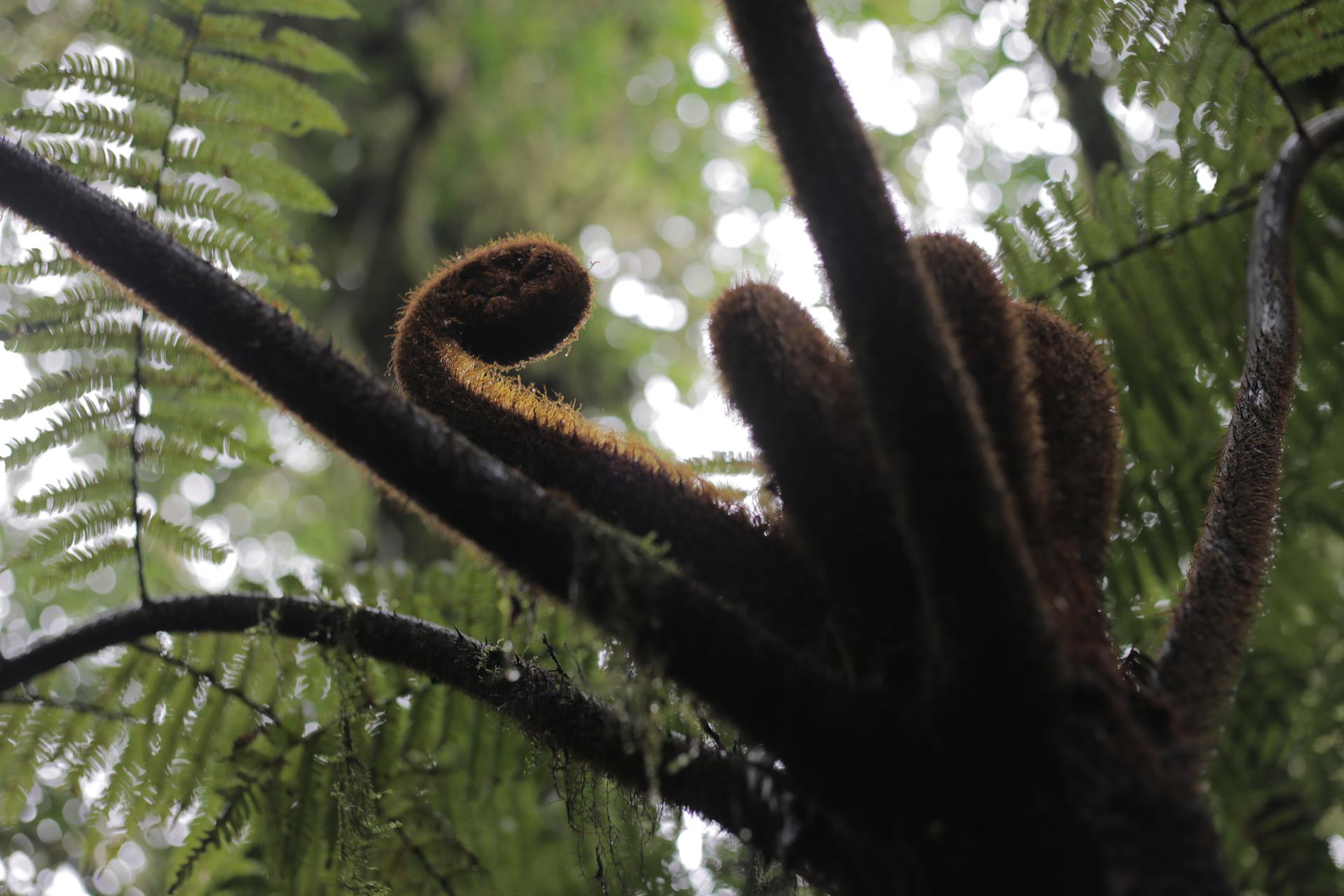
But it can’t be done alone. If other countries don’t also contribute, climate change will still affect Costa Rica.
“Climate change is not something that’s going to happen,” in the future, Tirimbina biologist Sergio Villegas said. “It already is happening and we’re witnessing the consequences.”
Related: Animal species are evolving to adjust to climate change, but scientists say time is running out
